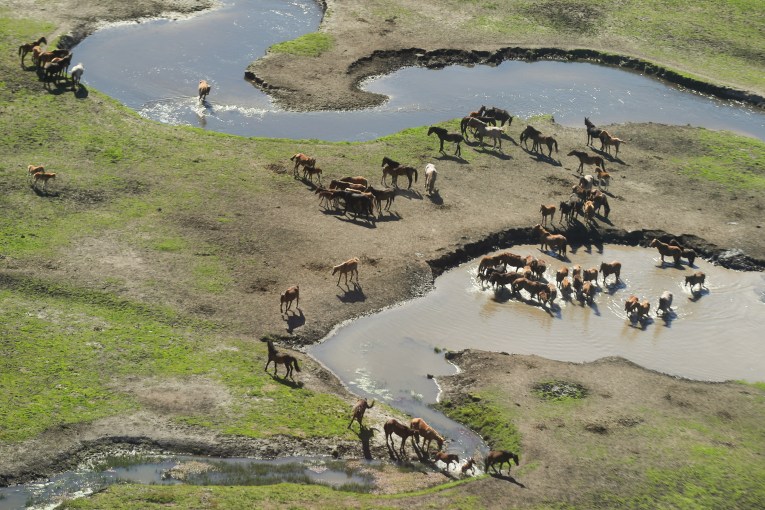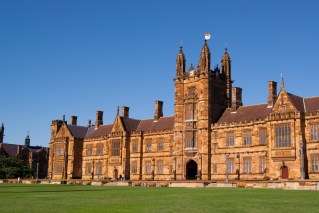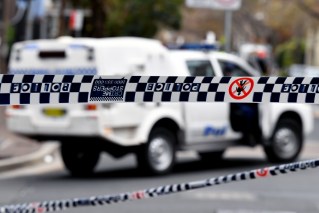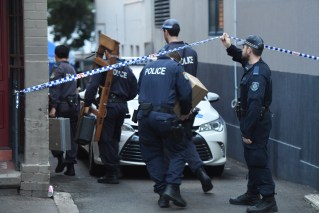Tathra bushfire: Turf war between rural and metropolitan brigades blamed for losses

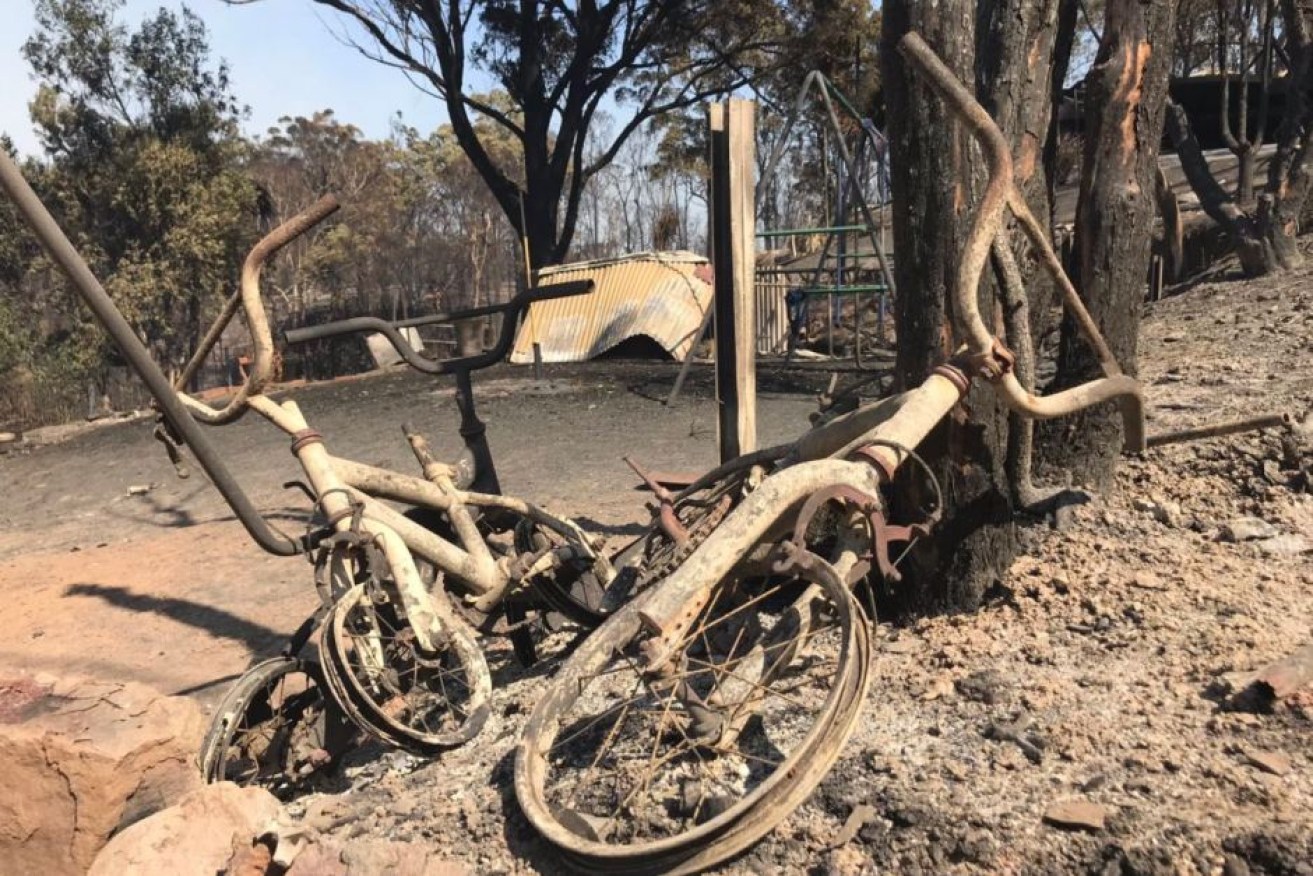
A burnt-out playground after the Tathra fires whipped through the small coastal NSW town. Photo: ABC
As Tathra residents return to their fire-ravaged town, the Fire Brigade Employees Union (FBEU) claims an ongoing turf war between Fire & Rescue NSW (FRNSW) and rural volunteers contributed to the loss of homes.
The union criticised Rural Fire Service (RFS) management on Tuesday for attempting to “deflect criticism” of its handling of the Tathra blaze.
In south-west Victoria inquiries are also underway into the cause of the fires that destroyed 18 homes and many farms.
The recriminations about the way the Tathra fire was fought followed news that RFS waited about three hours to call for the help of the FRNSW as the bushfire raged on Sunday afternoon.
This was despite the FRNSW offering assistance more than once.
However, the RFS says the help offered by the FRNSW was a vehicle that would not have been able to gain access to the hilly terrain.
“As an urban structure firefighting vehicle, the pumper is not suitable for firefighting areas off established roads and does not have the correct safety equipment to be working in a remote bushland area,” an RFS spokesman said in a statement.
But the union dismissed the RFS explanation as a “cover-up”.
Union official Mick Nairn said there were FRNSW resources near Tathra which could have been made quickly available in the firefighting effort.
“There were multiple crews set up ready to deploy that day and it appears, if it is correct, head office of the RFS has refused those offers of service,” Mr Nairn said.
“Heads need to roll. If resources were on the ground in a position to protect those houses, there could have been more saved.
“Clearly somebody here has made a grave error. If that is the case, we need an open and transparent inquiry to get to the bottom of it.”
FBEU state secretary Leighton Drury said the dysfunctional, dangerous and competitive relationship between the two organisations contributed to the loss of nearly 70 properties at the seaside town.
“The excuses coming out of RFS head office today don’t stack up,” Mr Drury said.

NSW Fire and Rescue continue to mop up and douse smouldering homes after a devastating fire ripped through the Tathra community. Photo: AAP
“The competition between the state’s two fire services is dysfunctional and dangerous.
“In this case, it has contributed to the loss of scores of homes that may have been saved had FRNSW urban crews been in Tathra. It has to stop.”
Tuesday is the first time Tathra locals have been allowed to return to the township.
Those who lost property were given priority to board “site inspection” buses taking them into the blocked-off town during the morning.
Fire contained as residents allowed to return
It was a bittersweet homecoming for the Tathra locals whose houses were spared in the fire that ravaged the small NSW coastal town.
As they were free to walk back through their doors, their neighbours could only peer through a bus window at the smouldering ruins they once called home.
“My heart drops for the people who lost their property,” said Eamonn Martin who, with wife Yvonne, were among the first residents allowed to return.
“It’s the indiscriminate nature of these things, that one house is standing perfect and the one next to it is gone – looking like ground zero.”

Smoke blanketed Tathra on Sunday as the fire raged. Photo: ABC
Authorities reopened more than 20 streets to residents and people with belongings at holiday accommodation on Tuesday night.
It came soon after the Rural Fire Service officially declared the bushfire contained, about 54 hours after it began.
A day of water bombing and cooler temperatures helped crews bring the blaze under control by late afternoon. Light rain followed a few hours later.
Those unable to return home were taken on a grim bus tour earlier in the day to see the damage first-hand.
At last count, 69 homes and 30 cabins or caravans were destroyed. Thirty others were significantly damaged, and more than 1200 hectares of bush burnt.
Shorten says support is available
Opposition leader Bill Shorten addressed evacuees at the Bega Showgrounds telling them Australians were behind them.
Mr Shorten said it was important that people realised there were support services available.
“At the moment it is all adrenaline and emotions kicking in … everyone cares,” he said.
Ask for help. There is no rulebook that says how you have to respond … this is not a one day matter you need help and you should ask for help.
“If you are doing it hard that is perfectly normal. You cannot predict when you are going to find it hard. Just ask for help.”
NSW Premier Gladys Berejiklian and Prime Minister Malcolm Turnbull both visited the area Monday.
While residents will not be allowed to return to their homes, mini buses will take people to survey the damage at their properties – however they will not be allowed out of the vehicles.
People complained about not gaining access to the area to check on animals.
Insurance claims will take time
The Insurance Council of Australia said it was still too early to gauge what the insurance bill from the Tathra bushfire would be.
“Insurers are only just starting to reach the worst-affected areas and are reporting widespread destruction of properties, but the final numbers won’t be known for several days,” Insurance Council spokesman Campbell Fuller said.
“Insurers are very much waiting on householders to lodge claims so they can get the claims process moving.
“But once those claims are lodged insurers will follow with response teams and assessors and those assessors will look at how best to help customers.”
Asbestos warning for Victorian fire clean-up
Meanwhile, a bushfire alert has eased in south-west Victoria where residents face a new threat – asbestos.
The fire-ravaged region is littered with dead livestock, fallen trees and powerlines, and on Tuesday came warnings of another hazard.
“The chances that asbestos-containing material will be found in many of the fire-affected buildings are high,” WorkSafe spokesman Michael Coffey said.
At least 18 homes, 42 dairy and machinery sheds and hundreds of livestock have been destroyed, but the tally could rise as people re-enter devastated areas.
While recovery efforts get under way, almost 200 firefighters continue to scour 15,000 hectares of burnt land to suppress embers amid fears of flare-ups.
Five alerts remain in place, including for the main farming communities of Terang, Cobden, Penshurst and Camperdown, where fires are contained.

One of the three houses destroyed in the blaze that started at Gazette on Saturday night.
Premier Daniel Andrews said the number of homes destroyed could increase as authorities tally the damage.
“The losses could have been much more significant and, ultimately, there are no funerals to go to. That is the most important thing when it comes to a fire like this,” he said from Cobden.
State Response Controller Gavin Freeman says things are getting better as each day and hour goes by:
Corangamite Shire Mayor Jo Beard said residents and farmers were trying to be brave as they waited to hear the extent of damage.
“It’s been devastating, honestly, particularly on the farmers who have been through so much in the last couple of years,” she told the Nine Network.
-with AAP, ABC
